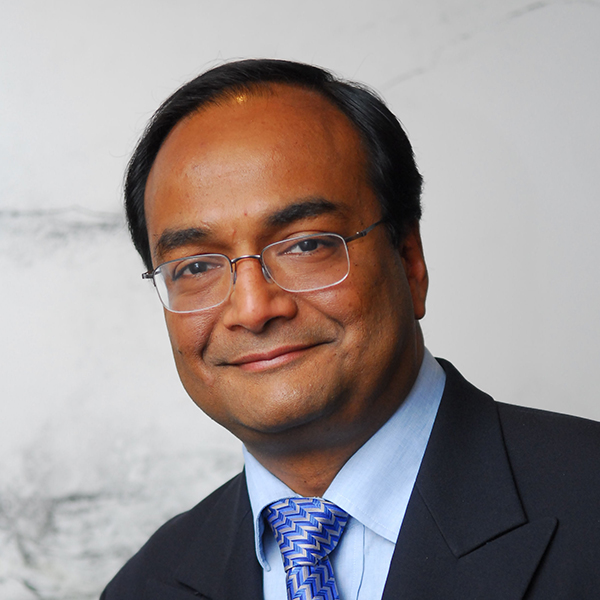Brain Injury Australia held a forum at Royal Rehab Sydney recently on the progress of the NDIS. Among the presenters was beyondblue Board member, Dr Mukesh Haikerwal who shared his personal experience of a traumatic brain injury (TBI). Dr Haikerwal said anyone who has suffered a catastrophic injury must have access to, and receive the best care possible to help them recover and this should be followed by rehabilitation to set them back on the path to a normal life.
“The principle is to get the care first and let the tortuous litigation happen later but not delay the urgent and necessary interventions that preserves and rebuilds lives. When the NDIS scheme was being considered, the hope was that it would be the vehicle to facilitate this. As the issue of the day was about medical misadventure, malpractice suits and “Tort Law” reform, the medical profession understood that the quid pro quo for this would see some rise in medical indemnity insurance costs. I suppose in time the hopes from the scheme are the same.”
He illustrates this with his own case where, once the residual injuries were assessed and described, it was clear that he would need significant rehabilitation. Melbourne’s Western Hospital had no capacity to provide this but Dr Haikerwal was fortunate to receive several months of intensive in-patient and out-patient treatment at Epworth Hospital. “While I have reached a capacity equal to my pre-injury state I have met with others who have been less fortunate and not able to access adequate care.” He described the facts on this lack of access and subsequent consequences as “stark”.
Dr Haikerwal presented some sobering statistics with local longitudinal surveys from outcomes of severe TBI, finding that nine in 10 people return to family care; the average costs of care is around $100,000 per year; only 40 per cent of people living with TBI are employed five years post-injury; they have the second lowest representation in employment of all people with disability; half of all marriages involving a partner with a severe TBI dissolve within six years of injury; half report they have lost friends or have become socially isolated since their injury; they run a 60 per cent likelihood of major mental illness during the course of their lifetime; and one in five will attempt suicide.
Of the estimated 700,000 Australians with an acquired brain injury with daily activity limitations and participation restrictions, only 16,000 use a National Disability Agreement funded service, out of a total of 310,000 service users. Only 2200 people with a brain injury out of 160,000 use Disability Employment Services. Only 21,000 out of 820,000 are on a Disability Support Pension.
“I suspect, and the early figures on participation in the NDIS bear this out, that the scheme will experience very poor uptake from people with a brain injury. We must never underestimate the psycho-social factors in coming to terms with a prime of life disability. “TBI remains the leading cause of death and disability in young people. We have within sight, indeed within our grasp, an opportunity to lift people from despair, to provide the services that will lead to some normalisation, some chance of decent employment and consequently to lead flourishing lives,” he concluded.

